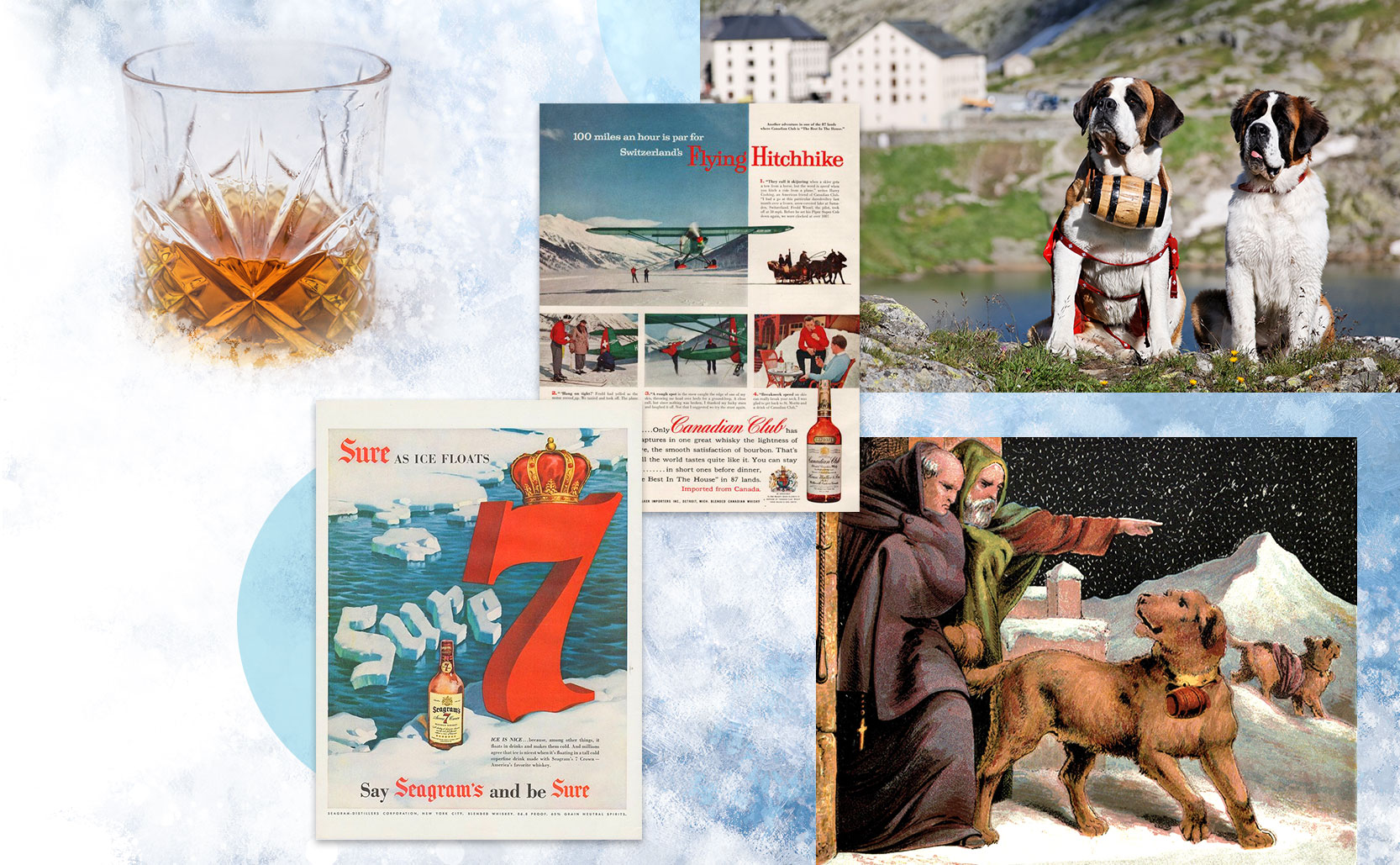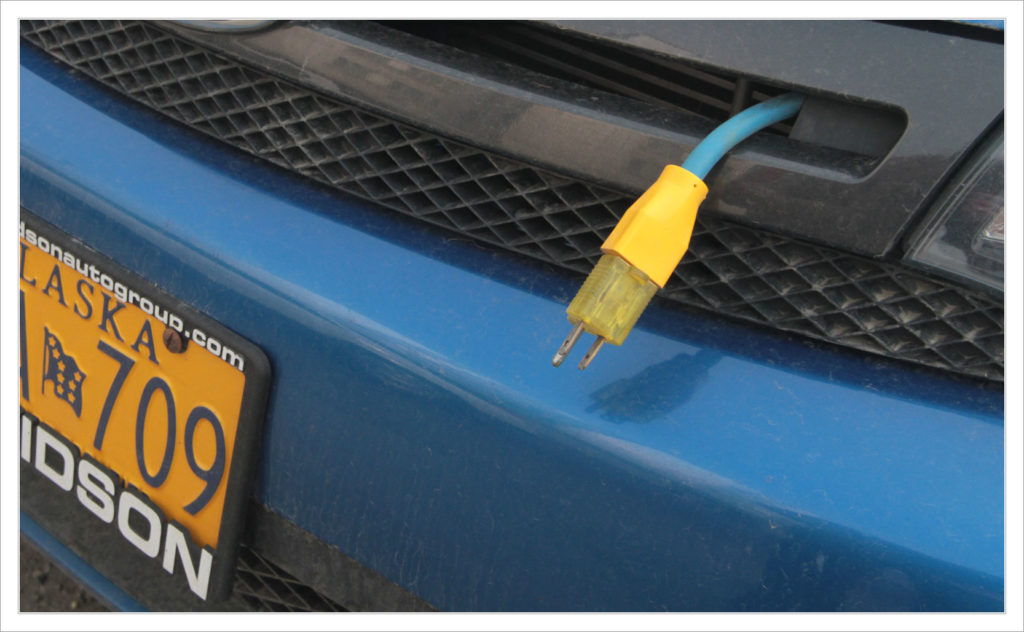Winter Warmer
Drinking alcohol in cold weather only warms you temporarily and then you need to get inside.
Our bodies are designed to regulate heat in order to stay alive. When you’re too hot the blood vessels nearest the skin use vasodilation to open wide and allow heated blood to pass through and radiate heat away from the body, cooling you down. When you’re cold you body does the opposite.
In the cold your body uses vasoconstriction to close off the blood vessels closest to the skin to prevent heat loss. In order to keep your core warm your body limits the blood flow to your extremities, conserving heat. This is why your fingers, toes, skin, etc. get stiff & cold before your core. Fingers are expendable, your organs are not. When your body is using vasoconstriction to keep warm the last thing you want to do is dilate those blood vessels … which is exactly what alcohol does.

Hot Shots
Part of why we think alcohol helps warm us in the cold comes from the idea of St. Bernards rescuing avalanche victims in the snow. Pop culture has given us the idea of St. Bernards wearing small barrels of brandy but, unfortunately, no St. Bernard dog has ever worn such a cask – it’s a myth popularized by the Edwin Landseer 1820 painting Alpine Mastiffs Reanimating a Distressed Traveller.
Probably the main reason we think alcohol warms us up in the cold is because it sort of does. Alcohol is a vasodilator and so it isn’t the alcohol warming you but what alcohol does to the body that warms you. In the cold alcohol opens the blood vessels that the body has closed down to preserve warmth, the result of which is that the warm reserve of blood in your core is suddenly released out to your extremities. Unfortunately this sudden warmth comes at a cost.
As the warm blood reaches your extremities there is a loss of heat and, as it travels back to your core, your overall body temperature drops. Further, alcohol reduces your body’s ability to shiver (which is another mechanism used to increase warmth) so you’re cold and only getting colder. Now you no longer have a reserve of warmth and need to get indoors.




